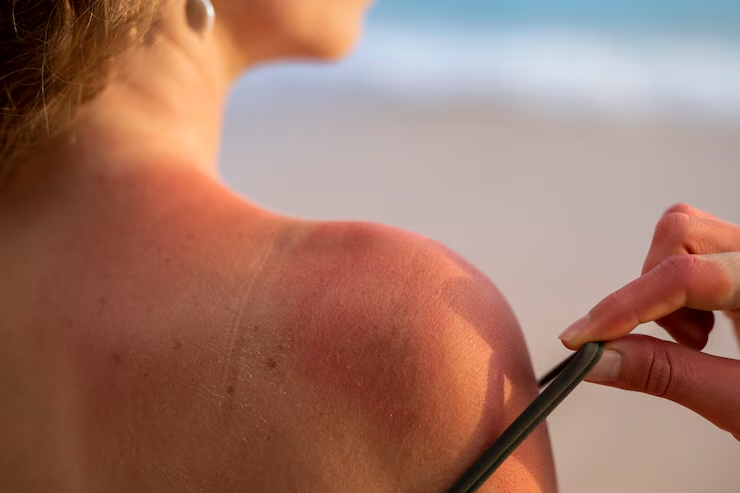The Impact of Sun Exposure on Skin and Skin Cancer Risk
Sunlight feels good on the skin. But spending too much time in the sun can quietly harm it. Many people...

Sunlight feels good on the skin. But spending too much time in the sun can quietly harm it. Many people do not realise that too much sun can lead to serious problems like skin damage and even skin cancer. This article looks at how sunlight affects the skin and the link between sun and skin cancer. It also shares helpful information about what is immunotherapy, a treatment option for some types of skin cancer.
How Sunlight Affects the Skin
Too much sun exposure can harm your skin in many ways. The sun gives off ultraviolet (UV) rays. These rays go deep into the skin and damage skin cells. UV rays make the skin age faster. They can also cause sunburn, dark spots, and fine lines. If the skin is exposed too often, these changes can build up and increase the risk of cancer.
Link Between Sun and Skin Cancer
Many skin cancers happen because of too much sun exposure. The harmful UV rays can change the DNA inside skin cells. Over time, this damage adds up and may cause cells to grow out of control. This is how sun and skin cancer are connected. Even short times in the sun without protection can raise the risk. People who get sunburned often, or work outdoors, are more at risk. It does not matter what your skin tone is, everyone can be affected.
What is Immunotherapy?
There are different ways to treat skin cancer. One method is called immunotherapy. If you’re wondering what is immunotherapy, it is a way to help your body fight cancer using its own immune system. Doctors give special medicines that help your body find and destroy cancer cells. For some people with advanced skin cancer, immunotherapy can be very helpful. It may slow the growth of cancer or even shrink it. Scientists are still learning how to make it work better.
Ways to Protect Your Skin
Simple steps can lower your risk of skin problems. Wear sunscreen with at least SPF 30. Reapply it every two hours. Try to stay in the shade during the middle of the day. Wear hats, sunglasses, and long sleeves when possible. These actions protect your skin from UV rays and reduce the chance of problems linked to sun and skin cancer.
When to See a Doctor
Catching skin changes early helps with treatment. Watch your skin for new spots or moles that change in size, shape, or colour. If you notice bleeding or itchiness, get it checked. For those with skin cancer, doctors may use surgery, radiation, or immunotherapy as part of the treatment plan. Understanding what is immunotherapy gives patients more power to ask questions and make choices.
Conclusion
Sunlight is part of everyday life. But without care, it can harm the skin and raise the risk of skin cancer. The link between sun and skin cancer is strong, and people of all skin tones should stay alert. Using sunscreen, staying out of harsh sun, and covering up can protect your skin. If cancer happens, treatment like immunotherapy gives new hope. Knowing what is immunotherapy and how it works can help patients feel less afraid. Protecting your skin today means fewer worries tomorrow.



